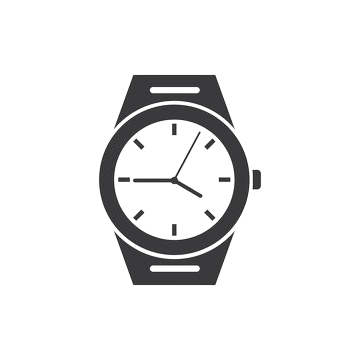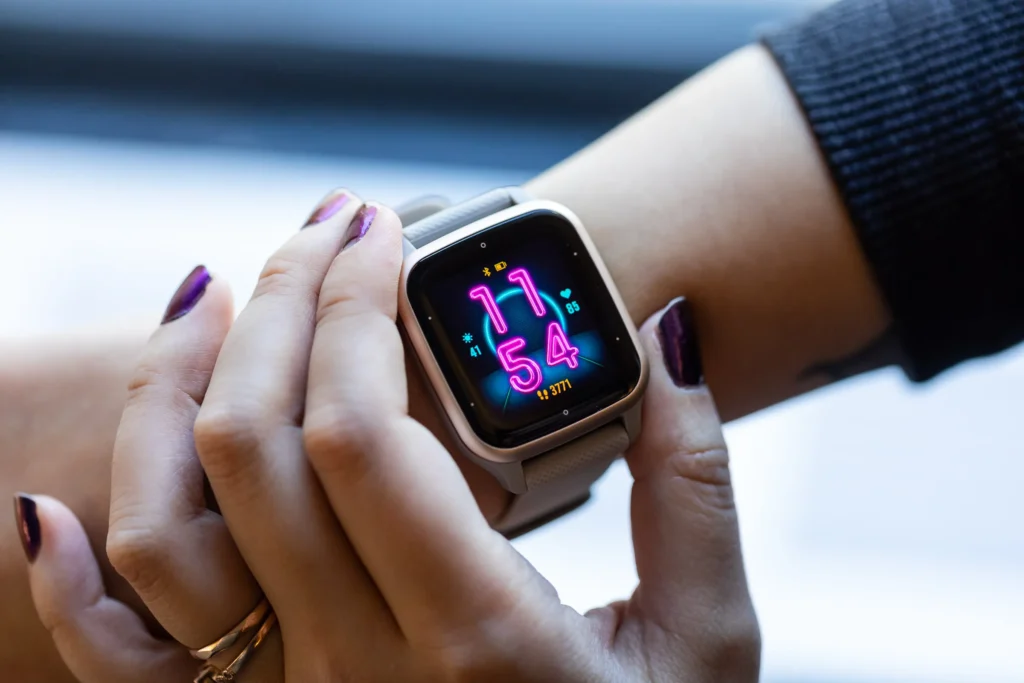The world of wearable technology has transformed dramatically over the past decade, with smartwatches emerging as one of the most significant innovations in personal technology. Initially perceived as simple fitness trackers, these devices have evolved into sophisticated health monitors that integrate seamlessly into our daily lives. This article explores the journey of smartwatches, tracing their evolution from basic functionality to advanced health monitoring systems.
The Early Days: Simple Fitness Trackers
The story of smartwatches began in the early 2010s when companies like Fitbit introduced devices primarily focused on fitness tracking. These early wearables offered features such as step counting, calorie tracking, and basic sleep monitoring. While they provided users with valuable data about their physical activity, their capabilities were limited, and their designs often lacked the appeal of traditional watches.
The introduction of the smartwatch category came with the launch of the Pebble in 2013, which featured customizable watch faces and notifications from smartphones. However, the primary focus remained on fitness and notifications rather than health management.
The Smartwatch Revolution: A New Breed of Wearables
The turning point for smartwatches came with the launch of the Apple Watch in 2015. Apple redefined the category by combining fitness tracking with a sleek design and a plethora of apps. Users could not only track their workouts but also receive notifications, respond to messages, and even control smart home devices—all from their wrists. This integration of functionality sparked interest in smartwatches beyond just fitness enthusiasts.
As other manufacturers, such as Samsung, Garmin, and Fitbit, entered the market with their own models, the competition intensified, leading to rapid advancements in technology. Features like heart rate monitoring, GPS, and smartphone connectivity became standard, and the design began to appeal to a broader audience, including fashion-conscious consumers.
Health Monitoring: The Next Frontier
As technology progressed, so did the capabilities of smartwatches. In recent years, the focus has shifted from mere fitness tracking to comprehensive health monitoring. Modern smartwatches now boast an array of health-focused features that make them invaluable tools for personal well-being.
- Heart Rate Monitoring: Advanced optical sensors now enable continuous heart rate monitoring, allowing users to track their heart health in real-time. This feature can alert users to abnormal heart rates, making it an essential tool for those with cardiac concerns.
- ECG and Blood Oxygen Monitoring: Some of the latest models offer electrocardiogram (ECG) capabilities, providing users with insights into their heart rhythm. Blood oxygen monitoring has also become standard, helping users assess their respiratory health.
- Sleep Tracking: Enhanced sleep tracking features now analyze sleep patterns, offering insights into sleep quality and suggesting improvements for better rest. This focus on sleep health reflects a growing understanding of its importance in overall well-being.
- Stress Monitoring: Advanced sensors measure stress levels through heart rate variability, guiding users in managing stress with breathing exercises and mindfulness practices.
- Fitness and Health Apps: The ecosystem of apps available for smartwatches has expanded significantly, with developers creating tailored solutions for everything from workout plans to mental health support.
Future Trends: What Lies Ahead
The evolution of smartwatches shows no signs of slowing down. As technology continues to advance, we can expect even more sophisticated features in the near future. Key trends include:
- AI Integration: Artificial intelligence will likely play a significant role in personalizing health insights, providing users with tailored recommendations based on their unique data.
- Improved Battery Life: As features become more advanced, manufacturers are also working on enhancing battery life, allowing users to enjoy more functionality without frequent charging.
- Enhanced Sensors: Future smartwatches may include even more health sensors, enabling comprehensive monitoring of various health metrics, such as blood glucose levels and hydration status.
- Interoperability with Healthcare Providers: As smartwatches become more integrated into healthcare systems, users may find it easier to share their health data with medical professionals, leading to more personalized care.
Conclusion
The journey of smartwatches from basic fitness trackers to advanced health monitors reflects broader trends in technology and personal health awareness. With their ever-expanding capabilities, smartwatches have become essential companions for many, empowering users to take control of their health and well-being. As we look to the future, it’s clear that the smartwatch will continue to evolve, shaping the way we approach fitness, health, and daily life.



